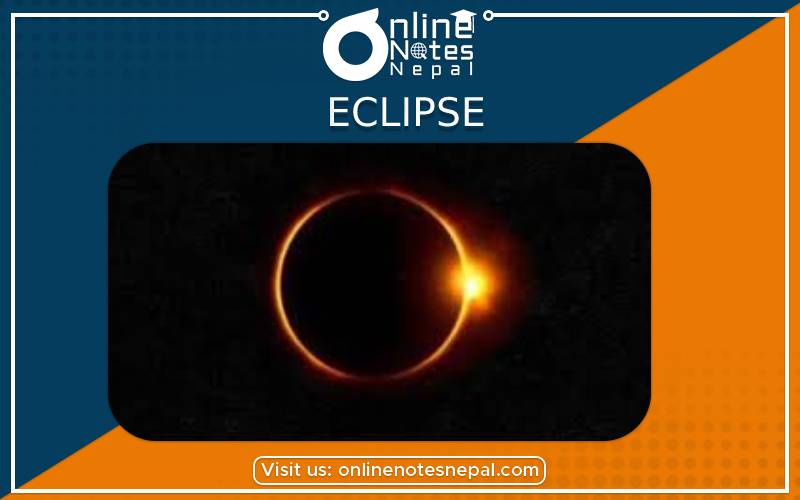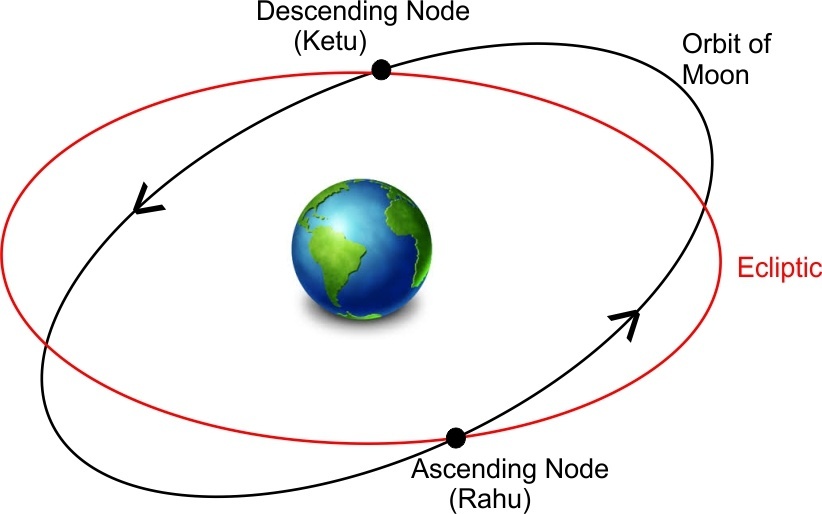Published by: Nuru
Published date: 16 Jan 2022

The moon completes one revolution around the earth in about 27.33 days (27 days, 7 hours, 43 minutes and 11.5 seconds). This period is called sidereal month. The time taken by the moon to move from ‘m1’ to ‘m2’ condition is the sidereal month.
The time taken by the moon to come from m1 to m3 condition is called a synodic month or a lunar month. Thus, the duration between two consecutive new moons is a synodic month. Its duration is 29 days, 12 hours, 44 minutes and 3 seconds i.e. about 29.5 days.
The revolution of the earth around the sun and the moon around the earth sometimes cause the three heavenly bodies in the same line. It causes some or total parts of the moon or the sun invisible, that is called the eclipse.
Causes of the eclipse are as follows:
Umbra and penumbra:
During an eclipse, two shadows are cast. The first is called the umbra. Umbra is the dark center of the eclipse shadow. The second shadow is called the penumbra (pe NUM bruh). The penumbra gets larger as it goes away from the sun.

a. Solar eclipse
When the moon passes directly between the earth and the sun, it blocks the sun. It casts the shadow some part or all the part of the sun is not seen. It is called solar eclipse. A total solar eclipse occur when the sun is completely covered by the moon. It remains for 10 minutes. Total solar eclipse is important for scientist because they can study about corona of the sun in this condition. A solar eclipse stays for short period and it occurs on the new moon.
b. Lunar eclipse
When the earth passes directly between the moon and the sun. It obstructs the light of the sun. The earth casts its shadow on the moon and the moon darkens partially or completely. It is called lunar eclipse. During a Total Lunar Eclipse, the Sun, Earth and Moon form a straight line. Atotal solar eclipse stays for longer period of time i.e. 1 hour and 40 minutes. Alunareclipse occurs on the full moon only and it begins from the eastern region of the moon.
The nodes: RAHU and KETU:
Rahu and Ketu denote the points of intersection of the paths of the Sun and the Moon as they move on the celestial sphere. Therefore, Rahu and Ketu are respectively called the north and the south lunar nodes.
